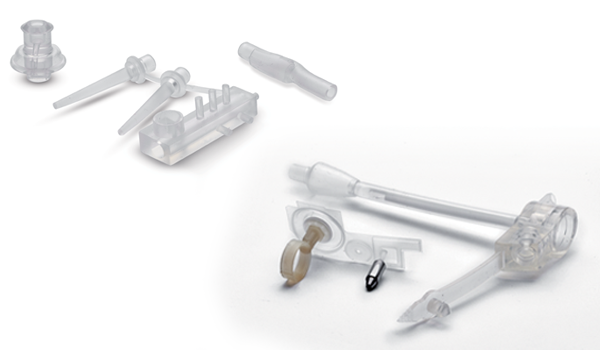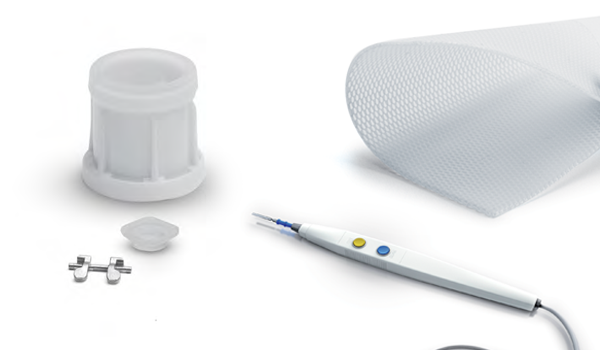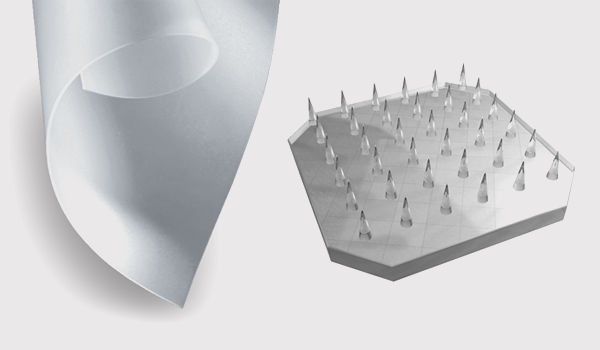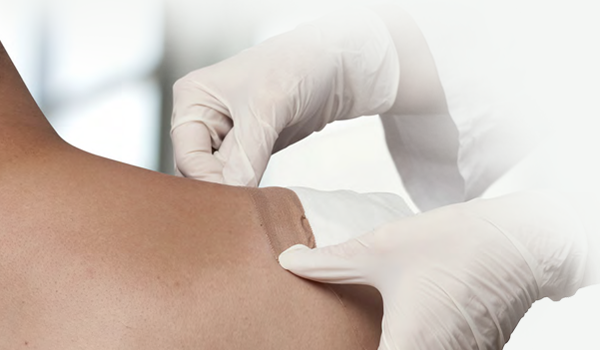Silicone Life


IN SHORT
- Silicones have long been established as a material of choice in the healthcare & medical industry.
- With a number of processing options available, silicone is becoming a critical element for device and equipment manufacturers to advance medical procedures and patient care.
- Trelleborg Sealing Solutions continuously works at the leading edge of process innovation; one area of focus is drug-eluting and combination devices.
What is it? In the silicone extrusion process, silicone is forced through a shaped die to generate a continuous profile. Most commonly this is a standard or custom profile, such as tubing of specific inner and outer diameters.
Trelleborg Brands: Pharmatube™, PharmaSil™, NutraSil™, Pharmalable™, SilFit™
Trelleborg capabilities include: Production of single- or multi-lumen tube from standard and custom silicone materials in bulk or fabricated to customers’ specific requirements. These can be cut-to-length and incorporate color striping or tinting. Braiding into hose, with either single or double braiding, produced in ply or 4-ply plus wire wrap. Hose assemblies with various fittings are available, and all can be delivered in ready-to-use packaging
Applications: Fluid Management, peristaltic pumps, bioprocessing, medical devices.

What is it? Liquid Silicone Rubber (LSR) can be processed in a liquid injection molding (LIM) process. The liquid raw material is mixed from two separate components in a ratio of 1:1 and injected via a cold-runner-system into a hot mold. Curing of the parts in the mold takes place within seconds, therefore offering the advantage of fast cycling and production of large quantities quickly.
Trelleborg capabilities include: As one of the pioneers and true experts in LSR injection molding, Trelleborg Sealing Solutions uses a holistic approach to the engineering of component, tooling and overall process to take advantage of the full capabilities that highly viscous, fastcuring silicone offers. Whether madeto-print or beginning with a black box design, high precision in-house LSR tool making and optimum process automation are the foundation of high precision, high quality components that provide the lowest cost of ownership for the customer.
The Trelleborg Sealing Solutions automated approach to LSR processing is unique and the tooling design, from stage one, is developed not just to optimize the function of a component in the application, but also to maximize the effectiveness of automated operations. Flash-less part and tool design, waste-less process, in-process quality checks, batching by cavity and packaging are considerations that are always made.

Trelleborg capabilities include: Fully-bonded components are available in a variety of hardsoft or soft-soft combinations. For components requiring a HCR silicone material Trelleborg employs compression, injection, or transfer molding technologies from prototype to multi-cavity serial production tools.
Applications: 2C LSR overmolding allows the consolidation of individual parts and functions, combining a number of components of different materials into a single part, adding greater latitude and robustness in design. This gives significant advantages in terms of product reliability and total cost of ownership for the customer with applications ranging from hospital and home care equipment and devices, biotechnology, and fluid management.

What is it? In this process, LSR is spread by a vertical blade across a carrier belt into a high precision, thin-film continuous sheet and cured in line. The cured sheeting may then be processed further from simple die-cutting to multi-layer composite structures, or simply spooled as finished product.
Trelleborg capabilities include: The knife coating capabilities of Trelleborg Sealing Solutions are unique. Compared to traditional methods, the process significantly reduces the risk of particulate contamination due to environmental exposure and larger batch sizes can be produced at lower cost. In addition, sheeting thickness is more precise, accurate and reproducible down to film thicknesses of as little as 0.025 millimeters/ 0.00098 inches.
Applications: Applications involving wound management and scar reduction, such as custom dermal adhesive gel products.

Further Reading: Whitepapers
exploring these subjects.